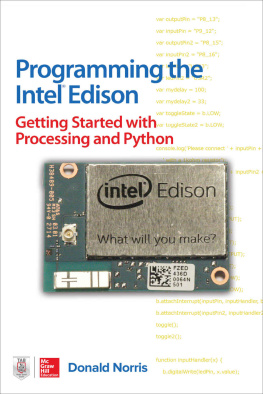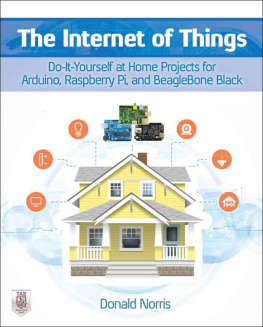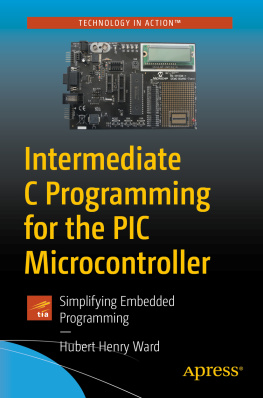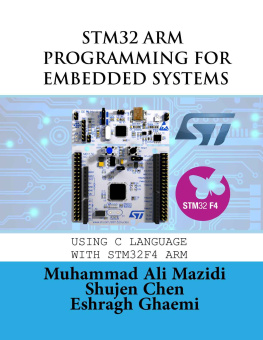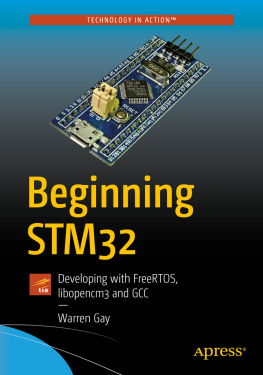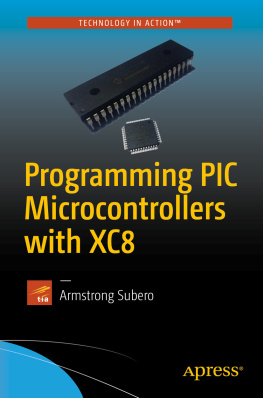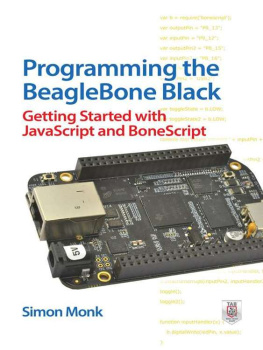Donald Norris - Programming with STM32: Getting Started with the Nucleo Board and C/C++
Here you can read online Donald Norris - Programming with STM32: Getting Started with the Nucleo Board and C/C++ full text of the book (entire story) in english for free. Download pdf and epub, get meaning, cover and reviews about this ebook. year: 2018, publisher: McGraw-Hill Education, genre: Home and family. Description of the work, (preface) as well as reviews are available. Best literature library LitArk.com created for fans of good reading and offers a wide selection of genres:
Romance novel
Science fiction
Adventure
Detective
Science
History
Home and family
Prose
Art
Politics
Computer
Non-fiction
Religion
Business
Children
Humor
Choose a favorite category and find really read worthwhile books. Enjoy immersion in the world of imagination, feel the emotions of the characters or learn something new for yourself, make an fascinating discovery.

- Book:Programming with STM32: Getting Started with the Nucleo Board and C/C++
- Author:
- Publisher:McGraw-Hill Education
- Genre:
- Year:2018
- Rating:5 / 5
- Favourites:Add to favourites
- Your mark:
Programming with STM32: Getting Started with the Nucleo Board and C/C++: summary, description and annotation
We offer to read an annotation, description, summary or preface (depends on what the author of the book "Programming with STM32: Getting Started with the Nucleo Board and C/C++" wrote himself). If you haven't found the necessary information about the book — write in the comments, we will try to find it.
Create your own STM32 programs with ease!
Get up and running programming the STM32 line of microcontrollers from STMicroelectronics using the hands-on information contained in this easy-to-follow guide. Written by an experienced electronics hobbyist and author, Programming with STM32: Getting Started with the Nucleo Board and C/C++ features start-to-finish projects that clearly demonstrate each technique. Discover how to set up a stable development toolchain, write custom programs, download your programs to the development board, and execute them. You will even learn how to work with external servos and LED displays!
Explore the features of STM32 microcontrollers from STMicroelectonics
Configure your Nucleo-64 Microcontroller development board
Establish a toolchain and start developing interesting applications
Add specialized code and create cool custom functions
Automatically generate C code using the STM32CubeMX application
Work with the ARM Cortex Microcontroller Software Interface Standard and the STM hardware abstraction layer (HAL).
Control servos, LEDs, and other hardware using PWM
Transfer data to and from peripheral devices using DMA
Generate waveforms and pulses through your microcontrollers DAC
Donald Norris: author's other books
Who wrote Programming with STM32: Getting Started with the Nucleo Board and C/C++? Find out the surname, the name of the author of the book and a list of all author's works by series.

